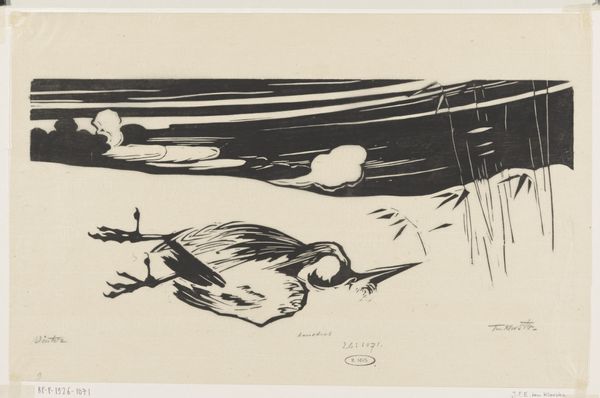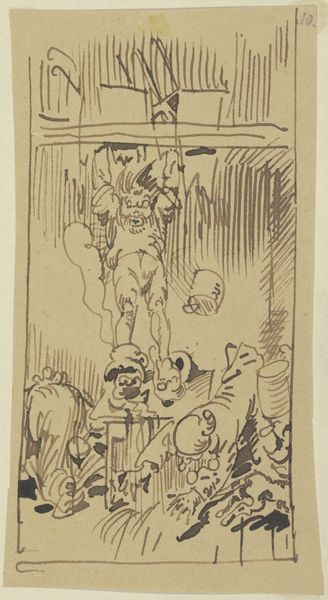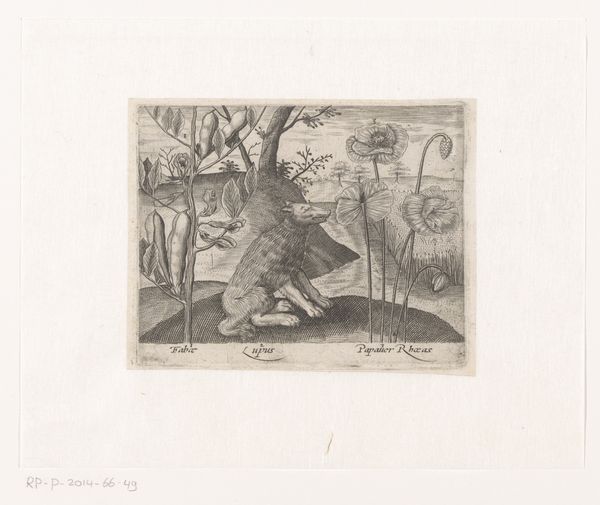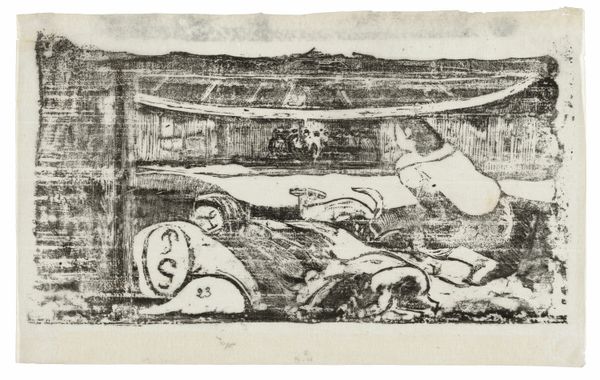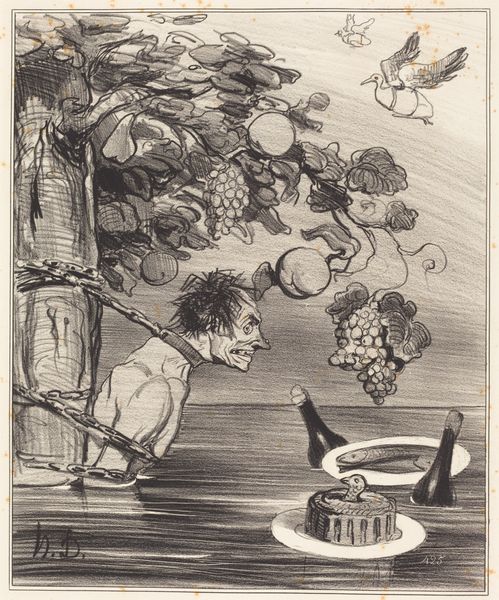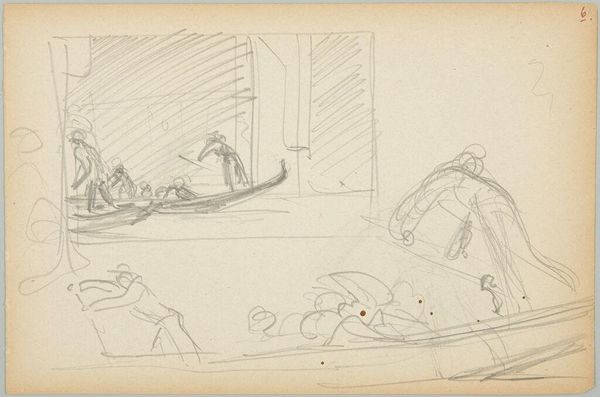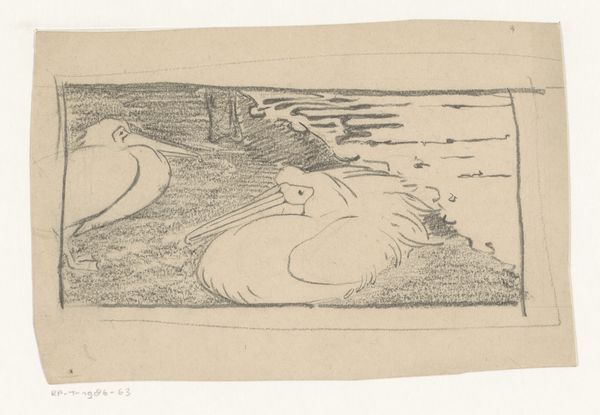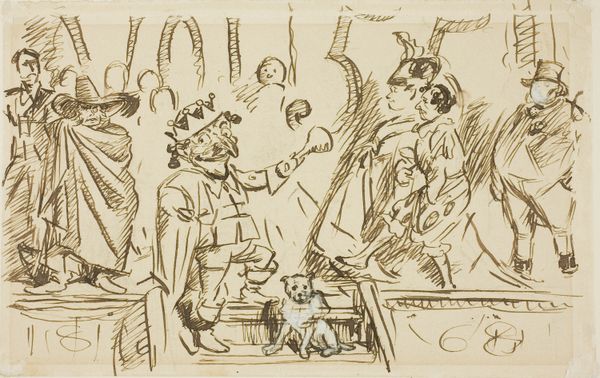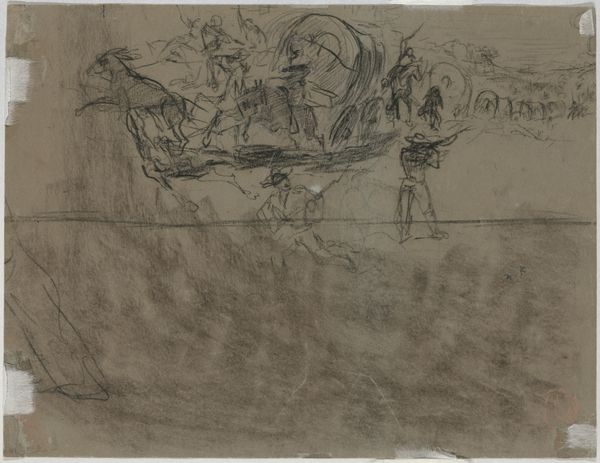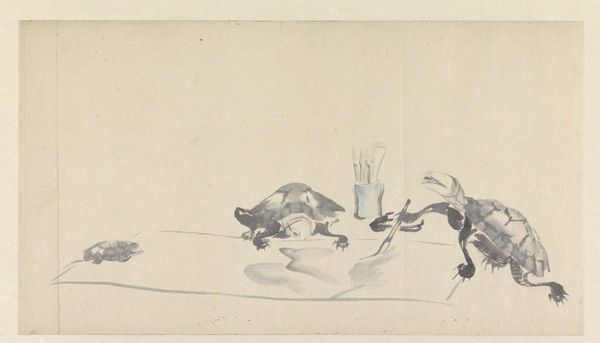
print, woodcut
# print
#
asian-art
#
landscape
#
figuration
#
woodcut
#
line
Dimensions: height 91 mm, width 138 mm
Copyright: Rijks Museum: Open Domain
Editor: This woodcut print, "Strand van Pabean Boeleleng op Bali," was created by Wijnand Otto Jan Nieuwenkamp between 1904 and 1908. I'm really struck by the texture created through the lines, particularly in the waves and palm trees. How does this work speak to you? Curator: This piece is fascinating when considered through a materialist lens. We should consider the socio-economic context of its production and consumption. As a woodcut, it reflects a specific labor process – the carving of the block, the printing – and enabled the creation of multiple images, thus facilitating wider circulation and potential commodification. Consider also who would have accessed these images at the time. What does the image say about consumption of and the Western gaze upon Indonesian culture? Editor: So, it's less about the literal depiction of Bali, and more about the system that allowed it to be made and viewed by people far removed from it? The artist's labor, the printer's, and the eventual owner of the print? Curator: Precisely. The sharp lines created by the woodcut process add a graphic quality, which allows for easy reproduction. What materials are depicted within the woodcut? Think about the wood of the boat, the coconut of the palm trees. And how those resources play into international trade. Editor: So, the very materials of the artwork, both those used to create it and those depicted within it, tell a story about labor, trade, and consumption. I never thought about landscape art that way before! Curator: Right. Thinking about process allows us to appreciate the skill involved and see the work as a product of specific material conditions and social relations, broadening our understanding beyond just aesthetic appreciation. Editor: This has really shifted my perspective. Thanks!
Comments
No comments
Be the first to comment and join the conversation on the ultimate creative platform.

